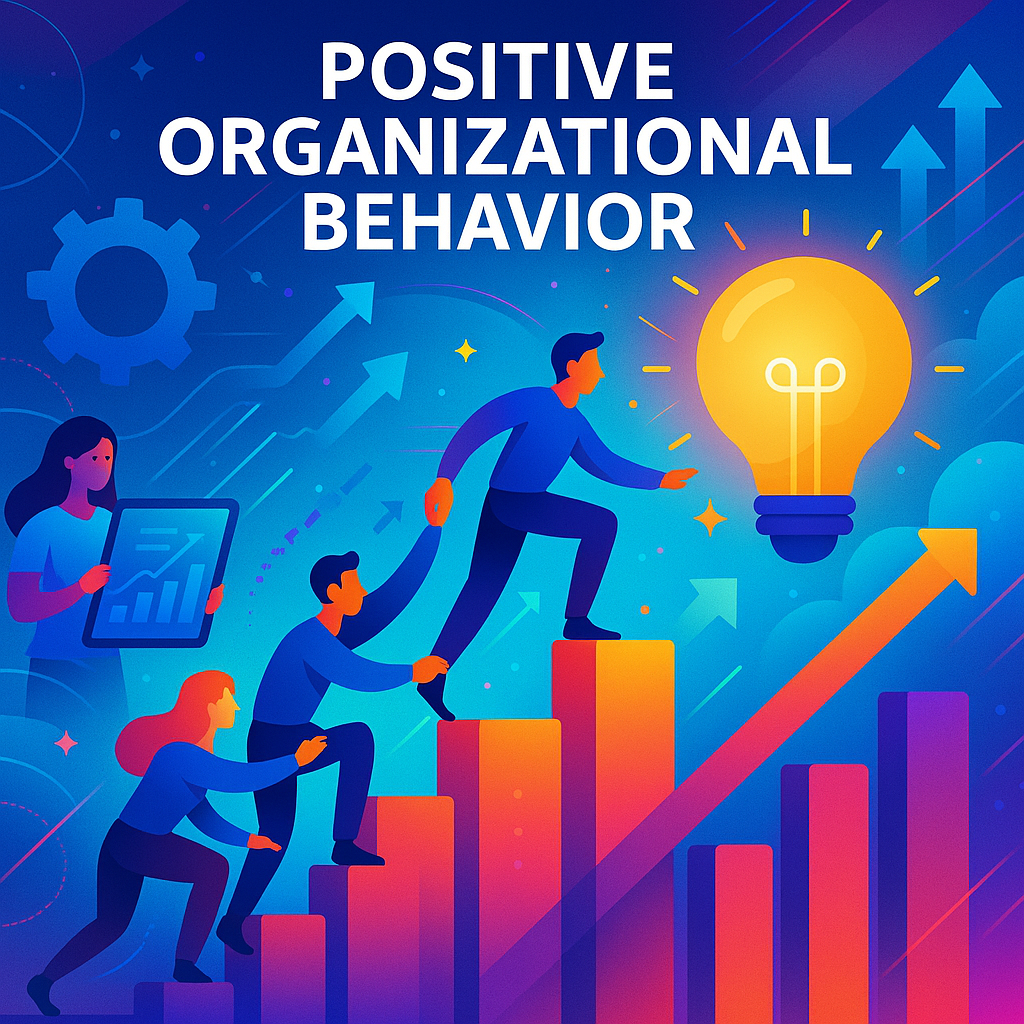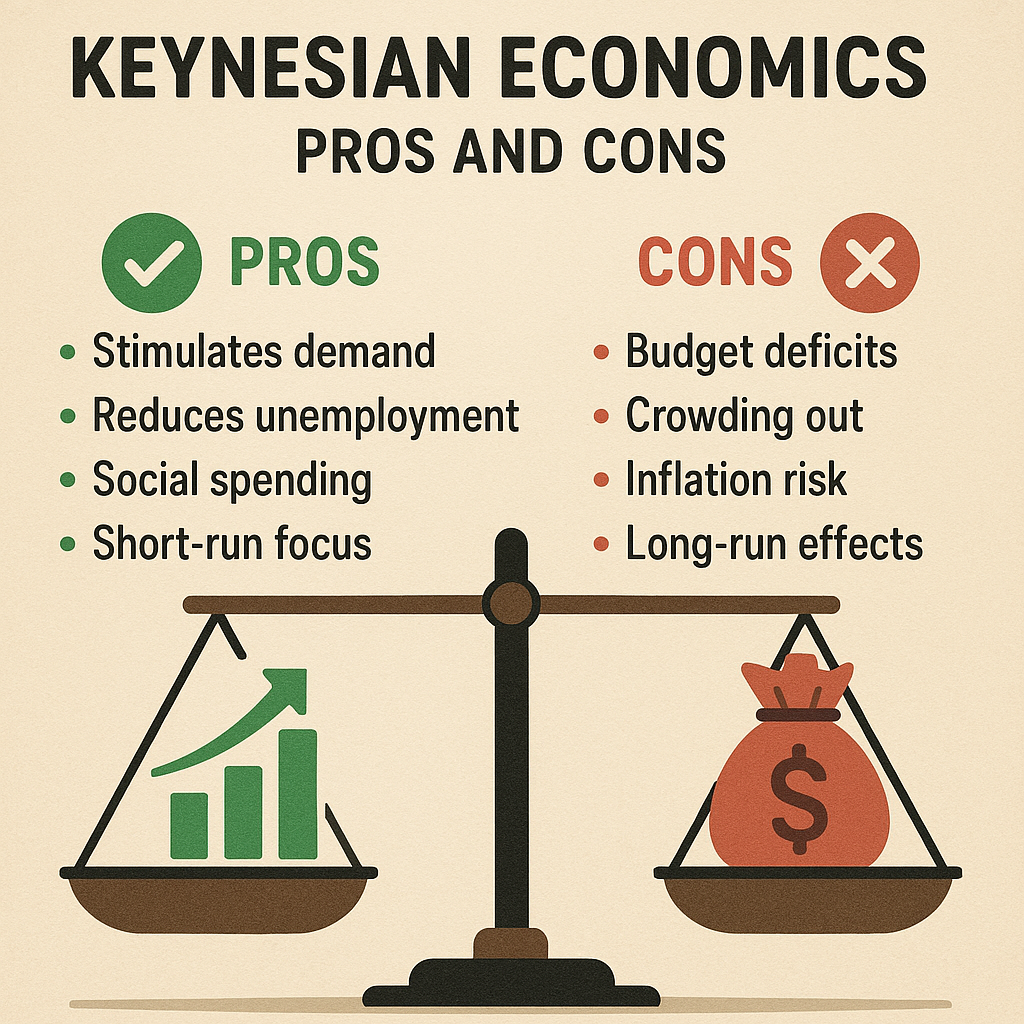
Introduction
Definition of Positive Organizational Behavior
Positive Organizational Behavior (POB) refers to the study and application of positive psychological capacities within the workplace. It focuses on enhancing the well-being and performance of employees while fostering a healthy work environment. POB is integral in shaping productive workplace cultures, highlighting traits such as optimism, resilience, and emotional intelligence. This approach cultivates an atmosphere where individuals can thrive both personally and professionally.
For instance, consider a company where managers encourage open communication and promote collaborative projects. Employees in such environments often feel valued and engaged, leading to increased job satisfaction and retention rates.
Importance of Implementing Positive Organizational Behavior in Organizations
Implementing Positive Organizational Behavior is not merely a trend; it’s essential for long-term success. Here are some reasons why POB should be a core focus for organizations:
- Enhanced Employee Satisfaction: A positive work environment leads to happier employees who are more motivated.
- Increased Productivity: Satisfied employees are often more productive, which can translate to better organizational performance.
- Lower Turnover Rates: When employees feel appreciated, they are less likely to leave the organization.
POB fosters a culture of innovation by empowering employees to share ideas and take initiative. Organizations embracing POB often see a clearer alignment between employee values and organizational goals, creating a win-win situation.
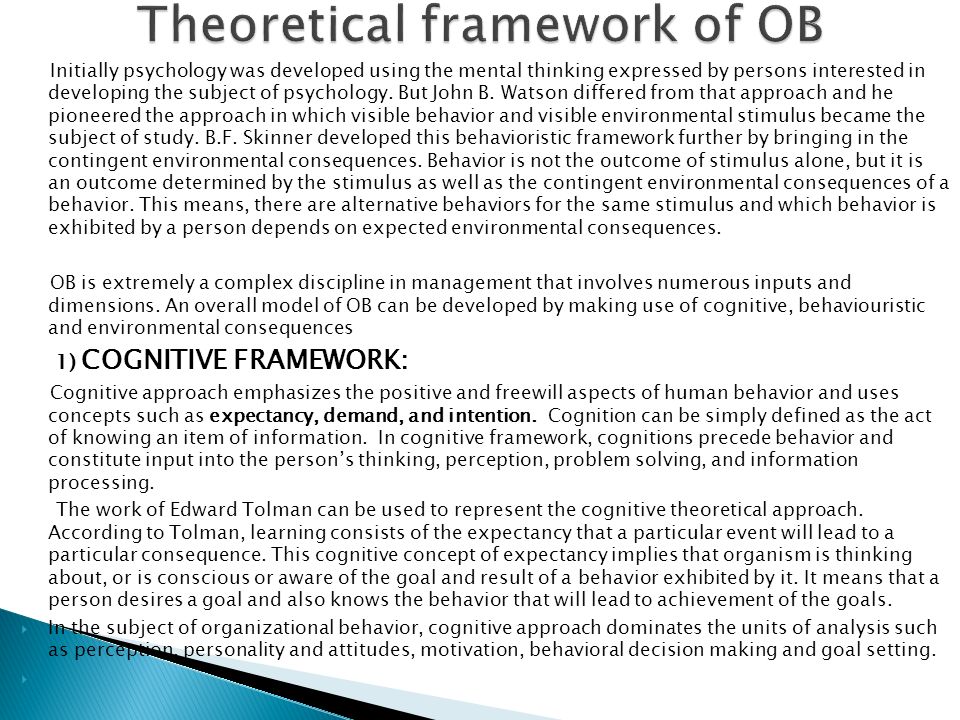
Theoretical Framework
Overview of Positive Psychology
Positive psychology underpins Positive Organizational Behavior by highlighting the strengths and virtues that help individuals and communities thrive. Unlike traditional psychology, which often focuses on pathology or dysfunction, positive psychology seeks to understand what makes life worth living. This field encourages the exploration of positive emotions, engagement, relationships, meaning, and accomplishment.
For example, during a team-building retreat, an organization might encourage employees to share their personal strengths and achievements. Such sharing helps cultivate an environment steeped in appreciation, leading to increased camaraderie and collaboration.
Core Principles of Positive Organizational Behavior
Building on the tenets of positive psychology, Positive Organizational Behavior rests on several core principles that guide its implementation:
- Strengths Identification: Recognizing and leveraging individual strengths can enhance team performance and satisfaction.
- Positive Reinforcement: Encouraging desirable behaviors through recognition and rewards promotes a culture of appreciation and motivation.
- Resilience Building: Fostering resilience helps employees navigate challenges and bounce back from setbacks, ultimately leading to greater satisfaction and effectiveness.
Integrating these principles into the workplace not only enhances employee well-being but also drives higher productivity levels. By focusing on what employees do well, organizations can cultivate a thriving culture that fosters innovation and loyalty. The impact of these principles can be transformative, offering a roadmap for businesses aiming to succeed in an ever-changing landscape.

Benefits of Positive Organizational Behavior
Enhanced Employee Well-being
One of the most significant advantages of implementing Positive Organizational Behavior is the enhancement of employee well-being. When organizations prioritize positivity, they create an atmosphere where individuals feel valued and supported. This, in turn, contributes to several key factors:
- Reduced Stress Levels: Employees who work in positive environments often experience lower levels of stress. They feel more at ease discussing challenges and seeking support from colleagues.
- Increased Job Satisfaction: A culture that celebrates achievements and recognizes efforts leads to higher job satisfaction. Employees who find joy in their work are more likely to stay committed.
- Better Work-Life Balance: Organizations that prioritize well-being encourage work-life balance, giving employees the flexibility to succeed both personally and professionally.
A company that provides wellness programs and mental health resources creates a supportive culture, encouraging employees to focus on their well-being.
Improved Organizational Performance
The benefits of Positive Organizational Behavior extend beyond individual well-being; they significantly impact overall organizational performance. Key advantages include:
- Higher Productivity: Engaged employees contribute more effectively to their teams, driving productivity to new heights.
- Reduced Turnover Costs: Lower turnover rates result in reduced hiring and training expenses, allowing organizations to invest resources into growth and development.
- Enhanced Innovation: A positive work culture encourages creativity and innovation, as employees feel safe to share ideas without fear of judgment.
Consider a company where team members feel empowered to take risks and suggest new initiatives. Such an environment not only boosts morale but also leads to improved outcomes. Ultimately, by focusing on employee well-being, organizations can create a ripple effect resulting in impressive overall performance and success.
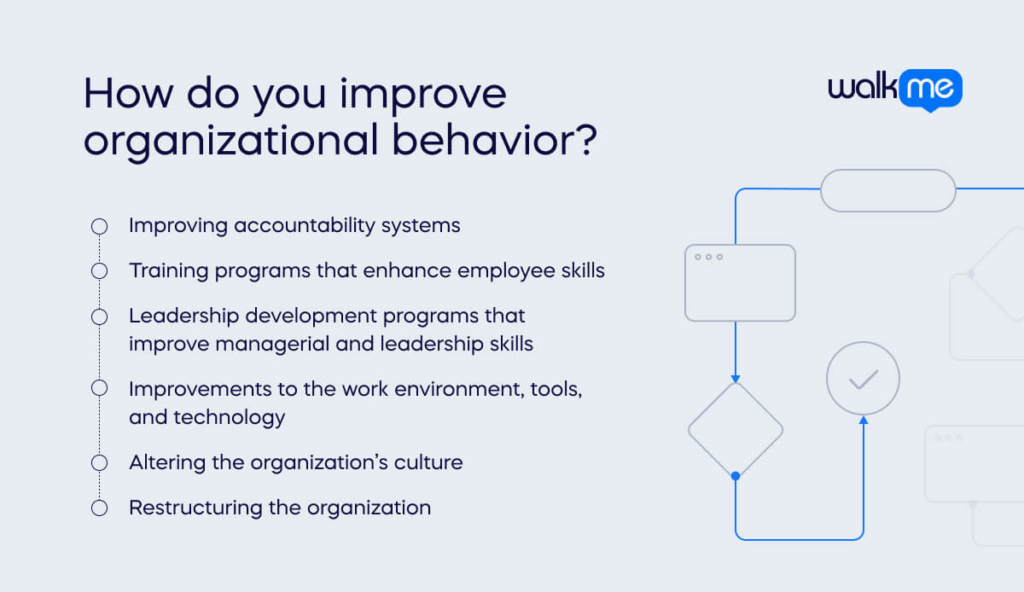
Strategies for Implementing Positive Organizational Behavior
Promoting a Positive Work Environment
To effectively implement Positive Organizational Behavior, organizations must first focus on creating a positive work environment. This starts with the physical workspace and extends to the overall culture. Here are some strategies to consider:
- Open Communication: Encourage transparent dialogue between all levels of staff. Regular check-ins and open-door policies help build trust.
- Flexible Work Arrangements: Providing options for remote work or flexible hours can significantly boost morale and satisfaction.
- Safe Spaces for Feedback: Create an environment where employees feel safe to voice their opinions, ensuring that everyone’s input is valued.
A tech company that frequently holds brainstorming sessions encourages team members to share creative ideas openly, promoting a sense of belonging.
Encouraging Positive Leadership Practices
Leadership plays a crucial role in establishing Positive Organizational Behavior. Encouraging managers to adopt supportive practices can have a lasting impact:
- Training Programs: Provide leadership training that emphasizes emotional intelligence and effective communication.
- Empowerment: Encourage leaders to delegate responsibilities and trust their teams, promoting a sense of ownership among employees.
Consider a manager who acknowledges team achievements during meetings; this practice promotes respect and motivation throughout the group.
Fostering a Culture of Appreciation
Lastly, fostering a culture of appreciation can dramatically influence employee morale and performance. Some effective strategies include:
- Recognition Programs: Implement awards or shout-outs that celebrate individual contributions.
- Peer Recognition: Encourage employees to recognize each other’s efforts through platforms that allow for appreciation sharing.
A monthly “Kudos Day” allows employees to show appreciation for their peers, fostering a positive atmosphere and strengthening relationships. By integrating these strategies, organizations can effectively establish a thriving culture that promotes Positive Organizational Behavior at every level.
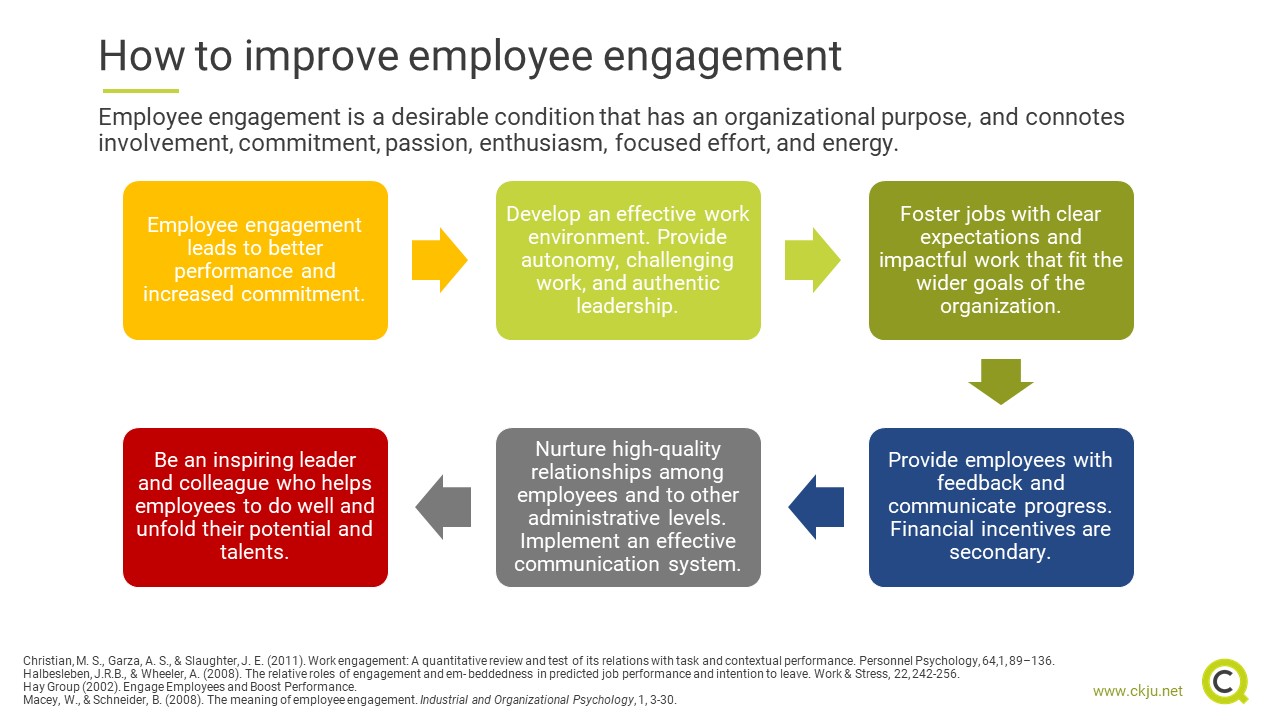
Employee Engagement and Motivation
Aligning Organizational Goals with Employee Values
A critical aspect of enhancing employee engagement and motivation is the alignment of organizational goals with employee values. When individuals align their personal values with the organization’s mission, their commitment and satisfaction rise significantly. Here are several ways to achieve this alignment:
- Involve Employees in Goal-Setting: Encourage employees to share their ideas and insights when setting organizational goals. This approach not only promotes ownership but also fosters a sense of belonging.
- Communicate the Mission: Regularly emphasize the company’s mission and vision in team meetings and communications, helping employees understand their role in achieving these goals.
- Celebrate Shared Success: Recognize how individual contributions align with organizational successes, reinforcing the connection between personal and company aspirations.
A nonprofit that involves employees in discussions about its mission helps them to align their work with shared values.
Empowering Employees through Meaningful Work
Equally important is the concept of empowering employees through meaningful work. When individuals feel that their jobs contribute to a greater purpose, their motivation skyrockets. Here are strategies to enhance this sense of meaning:
- Provide Opportunities for Skill Development: Encouraging employees to pursue learning opportunities or professional growth can make their work more fulfilling.
- Encourage Autonomy: Allowing employees to take ownership of their tasks fosters creativity and innovation, leading to more engaged team members.
- Connect Work to Impact: Highlight the tangible results of employees’ efforts, connecting daily tasks to the organization’s larger goals.
A healthcare organization that regularly shares patient success stories can boost staff pride and motivation by highlighting their meaningful impact. By focusing on these strategies, organizations can foster deeper employee engagement and boost overall motivation, paving the way for higher productivity and satisfaction.

Developing Resilience and Emotional Intelligence
Building Resilience in the Workplace
As organizations strive to foster a positive atmosphere, developing resilience among employees becomes crucial. Resilience equips individuals to adapt to changes and overcome challenges, ultimately leading to a more robust workforce. Here are some effective strategies to build resilience in the workplace:
- Encourage a Growth Mindset: Teach employees that challenges are opportunities for growth. Training sessions focusing on overcoming setbacks can empower staff to embrace difficulties rather than fear them.
- Provide Support Systems: Establish mentorship programs where employees can seek guidance and support from seasoned colleagues, enhancing their ability to face challenges collaboratively.
- Promote Work-Life Balance: Encourage employees to take regular breaks and use their vacation time, fostering an environment where they recharge and return stronger.
A marketing team that regularly holds brainstorming sessions can build resilience by working together to solve creative challenges and learn from failures.
Enhancing Emotional Intelligence Skills
Emotional intelligence (EI) is another vital aspect of developing a successful organization. High EI enables employees to recognize their emotions and those of others, leading to better communication and collaboration. Here’s how to enhance emotional intelligence skills:
- Provide Training Workshops: Offer workshops that focus on self-awareness, empathy, and effective communication. These skills can transform team dynamics.
- Encourage Reflective Practices: Promote journaling or group discussions where employees reflect on their emotional experiences and reactions, fostering greater self-awareness.
- Model EI at Leadership Levels: Leaders should demonstrate emotional intelligence by seeking feedback, showing empathy, and encouraging open communication.
A leader who shares their experiences with stress can inspire others to do the same, fostering a supportive environment. Focusing on resilience and emotional intelligence helps organizations build a more adaptable and empathetic workforce, crucial for success in today’s changing business environment.
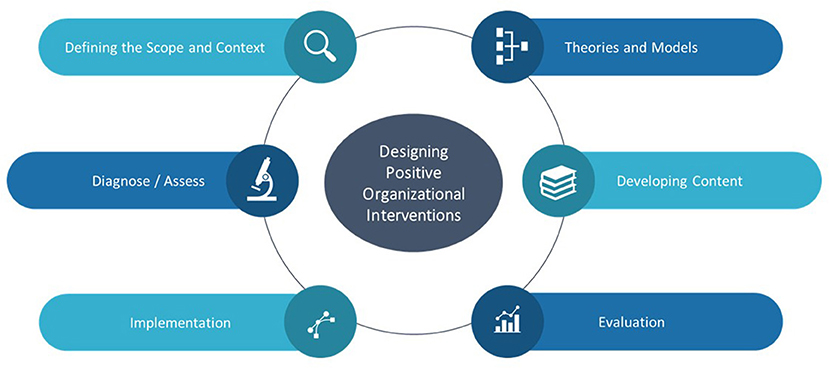
Measuring and Evaluating Positive Organizational Behavior
Key Metrics to Assess Success
To ensure that Positive Organizational Behavior initiatives are effective, organizations must establish clear metrics for assessment. Measuring success is essential not only for accountability but also for identifying areas for improvement. Here are some key metrics to consider:
- Employee Engagement Scores: Conduct regular surveys to gauge employee engagement levels. Higher engagement often correlates with a positive work culture, leading to better performance.
- Retention Rates: Monitor turnover rates to understand employee satisfaction and commitment. Lower turnover can be a strong indicator of successful POB practices.
- Productivity Metrics: Measure productivity and output quality to assess the impact of positive behavior strategies on overall performance.
A company that sees a notable increase in engagement scores after introducing recognition programs can confirm their effectiveness.
Feedback and Continuous Improvement
Feedback is crucial for refining and enhancing Positive Organizational Behavior initiatives. Creating a culture of continuous improvement ensures that organizations adapt and evolve. Here are some strategies to gather and leverage feedback effectively:
- Regular Check-ins: Schedule one-on-one meetings or focus groups to discuss employee experiences and gather insights on implemented practices. This not only provides valuable data but also fosters open communication.
- Anonymous Surveys: Utilize anonymous feedback tools to ensure employees feel safe sharing their candid opinions, leading to more honest and constructive critiques.
- Act on Feedback: Demonstrating that management takes feedback seriously by making necessary adjustments ensures employees feel heard and valued.
For instance, if a team expresses challenges with workload, leadership can use the insights to implement better project management practices. Organizations can improve their approach to creating a positive environment for everyone by focusing on key metrics and encouraging continuous feedback.
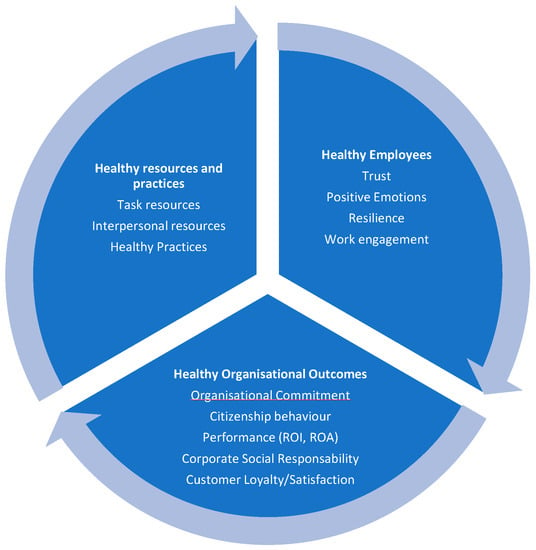
Challenges and Solutions
Overcoming Resistance to Change
Implementing Positive Organizational Behavior often encounters resistance, as employees may be hesitant to change established habits and routines. Overcoming this resistance is essential for successful transformation. Here are some strategies that can help:
- Communicate Clearly: Ensure that everyone understands the reasons behind the changes and how they will benefit the organization and its employees. Transparent communication can alleviate fears and uncertainties.
- Involve Employees Early: Engage team members in the change process from the outset. By involving them in decision-making and soliciting their input, you can reduce the feeling of imposition and boost buy-in.
- Highlight Quick Wins: Share early successes to demonstrate that positive change is possible. This can motivate others to embrace new initiatives by illustrating tangible benefits.
When a company launched a new collaborative tool, demonstrating early productivity gains encouraged employees to embrace the change.
Addressing Potential Barriers to Implementation
In addition to resistance, organizations may face various barriers to successfully implementing Positive Organizational Behavior. Identifying and addressing these barriers proactively is essential. Here’s how:
- Resource Allocation: Ensure that adequate resources—time, personnel, and budget—are available for implementation. Insufficient resources often lead to incomplete or half-hearted efforts.
- Training and Development: Invest in training programs that equip employees with the necessary skills to adapt to new practices. This support demonstrates a commitment to their success and eases transitions.
- Seek Feedback Continuously: Monitor the progress of initiatives and solicit feedback regularly. Being open to adjustments based on employee experiences helps refine strategies and contributions.
Organizations can foster a supportive environment for Positive Organizational Behavior by overcoming resistance and addressing barriers, leading to long-term success and employee satisfaction.

Case Studies and Success Stories
Real-life Examples of Organizations Embracing Positive Organizational Behavior
Several organizations have effectively embraced Positive Organizational Behavior, transforming their workplace culture and yielding impressive results. A notable example is Google, renowned for its innovative approach to employee engagement. Google places a strong emphasis on creating a positive work environment through various strategies:
- Flexible Work Arrangements: Employees are encouraged to customize their work schedules, fostering a sense of autonomy.
- Employee Development Programs: Continuous learning opportunities are a priority, ensuring that team members feel valued and equipped to grow.
Another inspiring example is Zappos, whose focus on a positive culture is as important as its business model. Zappos encourages employees to express themselves authentically, fostering strong relationships and a communal spirit that drives exceptional customer service.
Lessons Learned and Best Practices to Emulate
The success stories of companies like Google and Zappos offer valuable lessons. Here are some key takeaways and best practices for organizations looking to implement Positive Organizational Behavior:
- Prioritize Employee Well-being: When organizations invest in their employees’ happiness, they’re rewarded with higher productivity and loyalty.
- Encourage Openness and Communication: Cultivating an environment where employees feel safe sharing ideas leads to innovation and collaboration.
- Celebrate Culture: Organizations should actively promote and celebrate their values and mission, reinforcing a shared sense of purpose.
Organizations can thrive and drive success by learning from these examples and adopting their best practices in Positive Organizational Behavior. Embracing these strategies can create lasting change, benefiting both employees and the organization as a whole.

Future Trends and Innovations
Emerging Trends in Positive Organizational Behavior
As organizations continue to evolve, several emerging trends in Positive Organizational Behavior are reshaping how workplaces operate. One significant trend is the increasing focus on employee well-being and mental health. Companies are recognizing that a healthy workforce leads to higher engagement and productivity. Some companies are implementing programs such as:
- Wellness Initiatives: Offering fitness classes, mental health days, and stress management workshops encourages employees to prioritize their health.
- Flexible Work Culture: Remote work and flexible schedules are increasingly becoming standard practices, allowing employees to balance their work and personal lives more effectively.
Diversity, equity, and inclusion (DEI) initiatives are gaining support, highlighting the need for an inclusive culture where everyone feels valued and heard.
Leveraging Technology for Advancing Positive Workplaces
Technology is playing a pivotal role in enhancing Positive Organizational Behavior. Organizations are employing various digital tools to foster positive workplace dynamics. Here are some ways technology is being utilized:
- Employee Engagement Platforms: Tools like Slack and Microsoft Teams facilitate real-time communication, fostering collaboration and connection among remote team members.
- Feedback Tools: Platforms such as SurveyMonkey or Officevibe allow organizations to gather anonymous employee feedback regularly, enabling them to make informed improvements based on employee insights.
- Gamification: Incorporating game-like elements in learning and development can enhance motivation and engagement, making the process more enjoyable.
A software company could implement a gamified rewards program to motivate employees to reach training goals and strengthen community bonds. This approach can create a positive and engaged workplace, leading to future success.
For More Information
Check out my AI-generated podcast on POB here:

